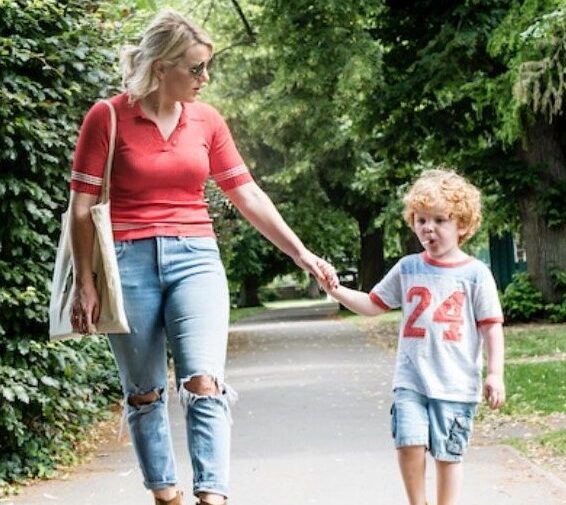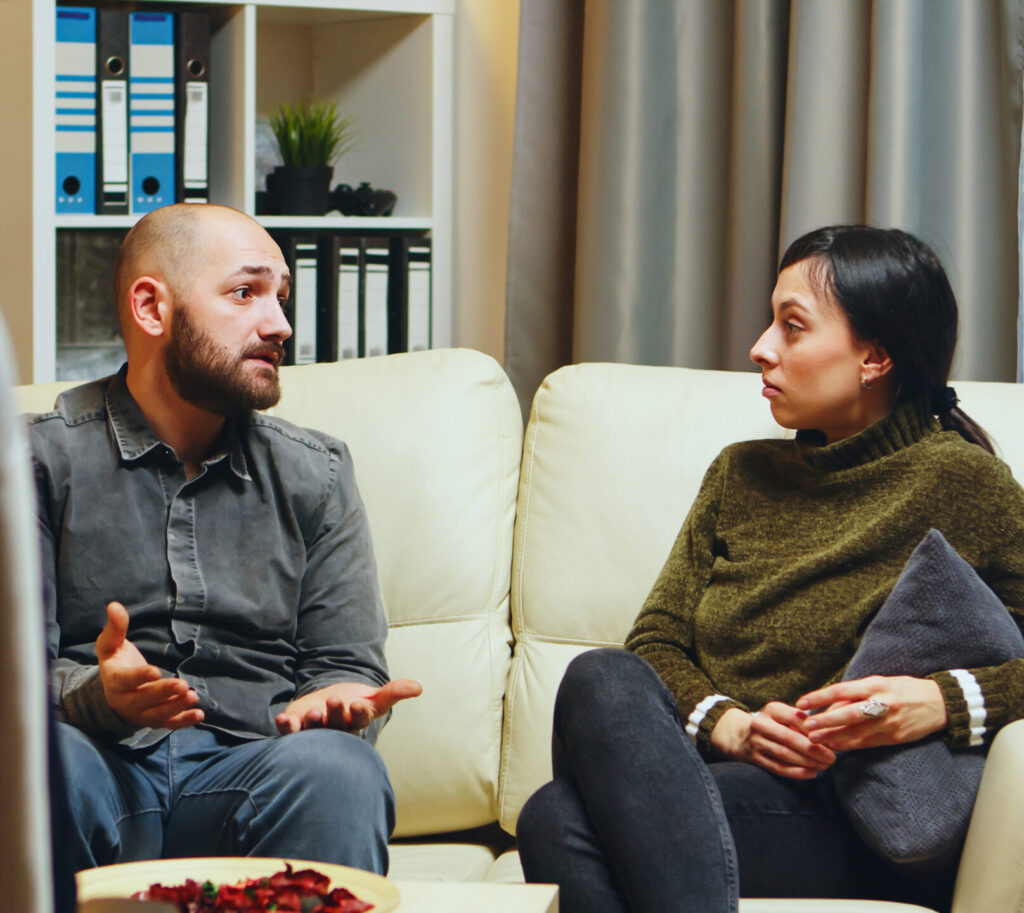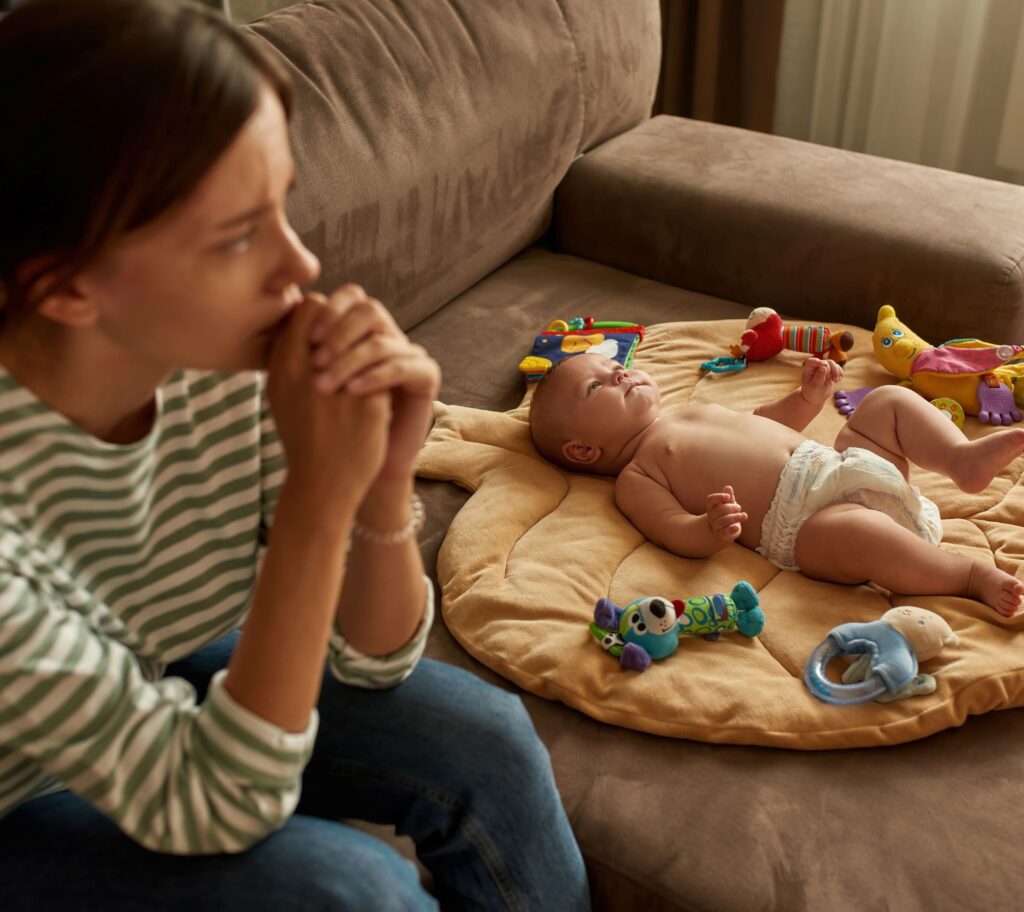If you’re working with professionals on a situation related to trauma or abuse of some kind, there’s a chance you might hear terms and abbreviations you aren’t familiar with. This glossary contains lots of these words and phrases, along with an explanation that’s written in plain English.
Adverse Childhood Experience (ACE): This describes an event that can have a negative effect on a child or young person’s development. ACEs include (but aren’t limited to) poverty, homelessness, growing up around adults with harmful alcohol or drug use and abuse. It could also include things like losing a parent and long-term, severe bullying.
Child Sexual Abuse (CSA): A type of abuse that can involve exposing children to adult sexual behaviours, being made to behave in a sexual way, look at sexual images, or be involved in creating or sharing them. Child Sexual Abuse can happen both online or face to face, and it may or may not involve physical contact. The abuser(s) might be an adult or a child, or multiple adults or children.
Child Sexual Exploitation (CSE): A form of child sexual abuse where someone with more power than the child forces or manipulates them into some form of sexual abuse. This happens in exchange for giving the child something they want or need, or the abuser getting something they want, such as money or status. It can happen online and in person and it may or may not involve physical contact.
The relationship between a child and a professional might change around the age of 16. At this time, professionals start considering things like the young person’s rights at that age and their ability to make their own decisions.
Child/children: Legally, this is anyone who hasn’t had their 18th birthday, regardless of their personal situation. For example, a person is still considered a child if they’re under 18 and in further education, living independently, in the armed forces, or in hospital.
The relationship between a child and a professional might change around the age of 16. At this time, professionals start considering things like the young person’s rights at that age and their ability to make their own decisions.
County lines: This refers to criminal networks and gangs in large cities that supply and sell drugs elsewhere in the UK, typically exploiting children and vulnerable adults to move, store and sell the drugs.
Designated Safeguarding Lead (DSL): The person responsible for child protection issues in any organisation that works with children, such as schools, nurseries and GP surgeries. You might see this shortened to DSL.
Disclosure: When a child or young person tells another person that they have been abused. It can relate to something that’s currently happening, where they’re still at risk, or something that happened in the past. Disclosure can be very difficult. While some children can take weeks, months or years to share what happened to them, some never do.
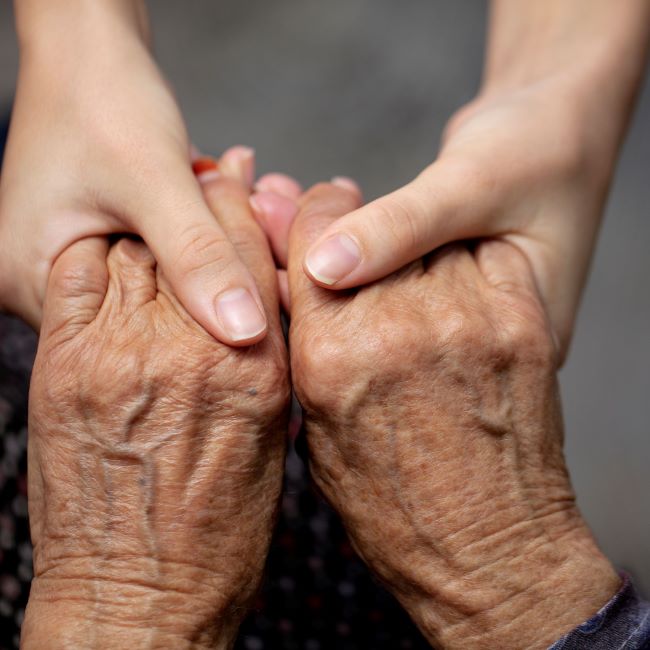
Emotional abuse: Continually mistreating a person emotionally, resulting in negative effects to their emotional development or wellbeing. Examples include making a child believe they are not loved, inadequate, of no value or only valued as far as they can be of use to someone else. It could also be when a person threatens to hit their partner, blaming the victim for causing it.
Family network: The group of people, both related and non-related, who are close to a child. This could include (but isn’t limited to) step-parents, siblings, grandparents, aunts and uncles, and close family friends.
Grooming: Building up trust and a relationship with a child or young person with the aim of manipulating or exploiting them. It can happen in person and online. Parents can also be groomed by their child’s abuser, so that they are trusted.
Neglect: Continually not meeting a person’s basic needs – physical and/or psychological. Child neglect can have a devastating effect on a child’s development or health.
Physical abuse: Causing deliberate physical harm to a person. For a child or young person this could include (but not be limited to) hitting, shaking, burning, and throwing objects.
Retraumatisation: Experiencing the negative, stressful emotions associated with a traumatic event again. This can happen because a similar event has triggered this response, or because an individual has had to re-live a traumatic experience. Our bodies store memories that we cannot always explain, and sometimes sounds, smells or feelings can bring back a trauma response. Examples of retraumatising situations could include:
- Going to the police about a traumatic event and having to re-live it, to explain what happened.
- A dental or medical appointment for someone who has been abused, when they’re in a vulnerable position with no control over when they can move or leave, and surrounded by intense smells or sounds.
Everyone has the right to good safeguarding standards, particularly children, young people and vulnerable adults.
Safeguarding: Our duty to protect each individual’s health, wellbeing and rights, allowing them to be safe and live free from harm. Everyone has the right to good safeguarding standards, particularly children, young people and vulnerable adults. Everyone is responsible for safeguarding.
Team Around the Child/Family (TAC/TAF): A group of professionals who work together to develop and deliver support to a child or young person that fits their individual needs. You might see this shortened to TAC or TAF.
Technology-assisted (TA): You might see “technology-assisted” (often shortened to TA) used to describe something that has happened online or with the use of technology. For example, technology-assisted child sexual abuse (TA-CSA) might refer to child sexual abuse that happened online.
Trauma: An experience or set of events that causes feelings of helplessness and is very distressing, disturbing, frightening or stressful. This could be neglect, abuse, death of a family member, or being the victim of violence or an accident. It’s both an external event and an internal feeling.
Trauma-informed: Being trauma-informed means considering the impact of trauma and the effect it has on a person. This allows care to be tailored appropriately to an individual, without retraumatising them. In recent years there has been a general shift towards a more trauma-informed approach within health, social care and education settings.
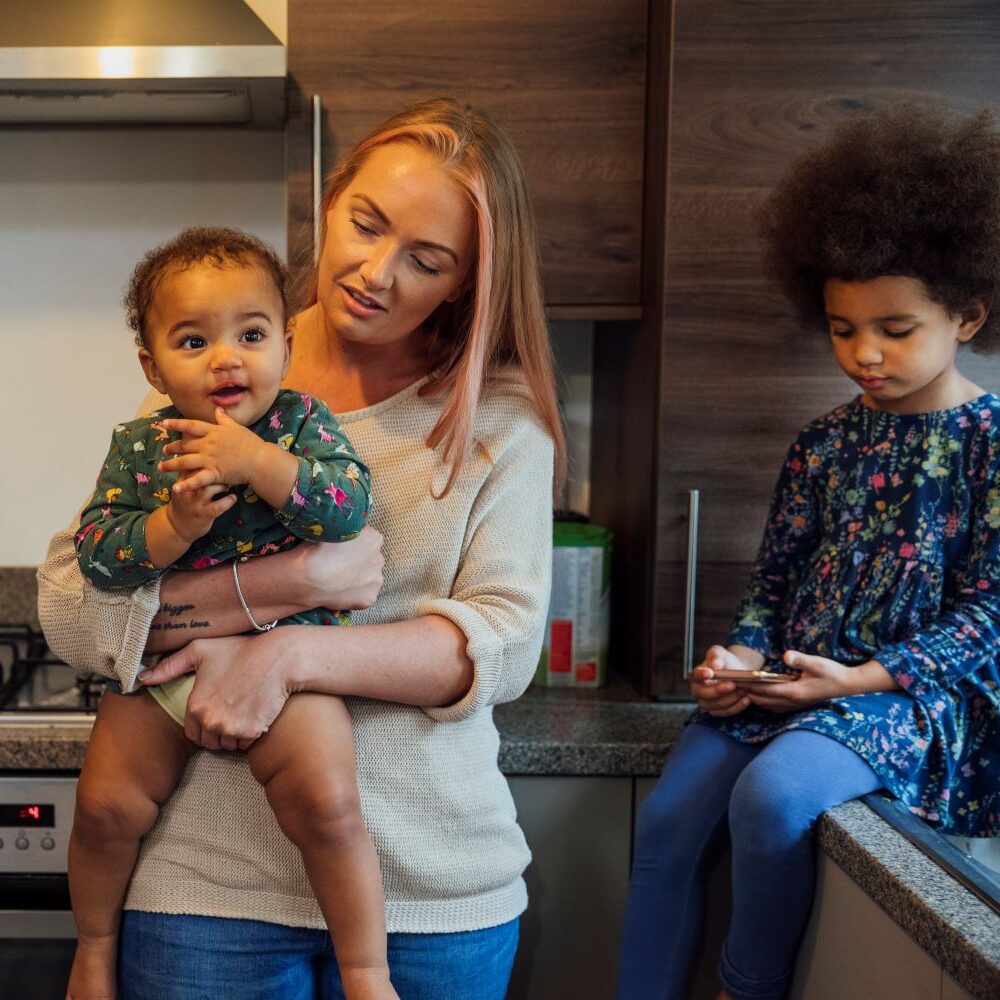
Call, text, email or web chat FamilyLine
If you’re feeling overwhelmed, worried or upset about any aspect of your family life, FamilyLine is here for you. We offer free emotional support and guidance on family relationships, conflict, parenting, caring, financial worries and more.
Contact FamilyLine

